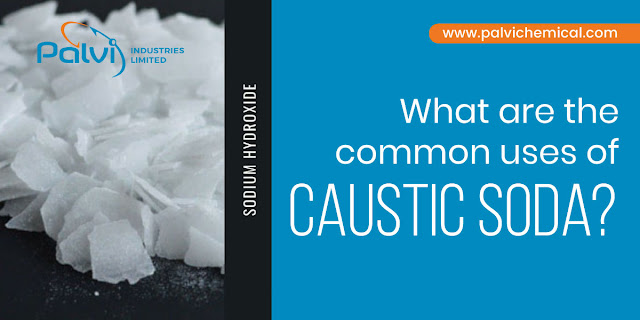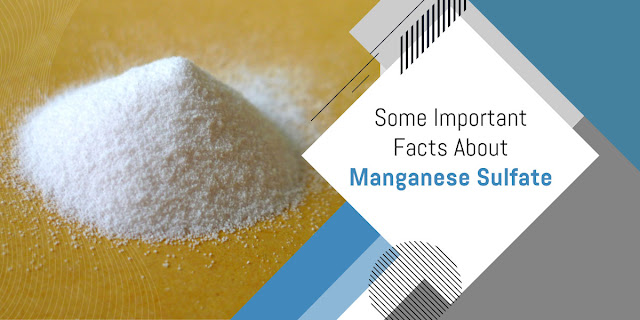What are the common uses of Caustic Soda?
Sodium hydroxide (NaOH), generally known as lye, is known by several names. Caustic soda is one of them. Its common name comes from its chemical identification as a sodium hydrate, as well as the fact that it is corrosive or caustic. Caustic soda is a waxy, white substance in its purest form. It absorbs water quickly and generates watery solutions. Commercial caustic soda is widely popular as a sodium hydroxide monohydrate with the chemical formula NaOH·H2O.
It's far more difficult to obtain lye now than it was previously. Red Devil Lye was the primary source of caustic soda, but it is no longer available. Why is it so difficult to obtain lye? The rationale for this is that it can be used to regulate pH during the manufacture of methamphetamine. There are still a few options for obtaining the substance. Make sure the sodium hydroxide, lye, or caustic soda is 100 per cent pure. This is particularly crucial if you're preparing food, as an impure product could include harmful pollutants.
Palvi Chemicals is one of the most distinct as well as
well-known Caustic
Soda suppliers in Ghana.
Uses:
In industrial, sodium hydroxide is a common strong base. Sodium hydroxide is used to make sodium salts and detergents, as well as for pH control and organic synthesis. It's usually handled as an aqueous solution in bulk because solutions are cheaper and easier to handle.
Sodium hydroxide is used to raise the alkalinity of a combination or neutralise acids in a variety of situations.
Sodium hydroxide is used as an additive in drilling mud in the petroleum industry to boost alkalinity in bentonite mud systems, raise mud viscosity, and neutralise any acid gas encountered in the geological formation as drilling advances.
Another application is in salt spray testing, where the pH must be maintained. The corrosive agent in the classic neutral pH salt spray test is the resulting salt, NaCl.
If you are looking for the excellent and most promising Caustic Soda exporter in Nigeria, Palvi Chemicals is the name that you can trust.
Caustic washing is a method that uses sodium hydroxide
to remove sulphurous contaminants from low-quality crude oil. As previously
stated, sodium hydroxide interacts with weak acids like hydrogen sulphide and
mercaptans to produce non-volatile sodium salts that can be extracted. Because
the trash produced is harmful and difficult to dispose of, many countries have
outlawed the procedure.
●
Chemical pulping:
Sodium hydroxide is also commonly
employed in the pulping of wood for the production of paper and regenerated
fibres. Sodium hydroxide, like sodium sulphide, is an important component of
the white liquor solution used in the kraft process to extract lignin from
cellulose fibres. It's also important in numerous stages of the bleaching
process for the brown pulp leftover from the pulping process.
●
Tissue digestion:
Sodium hydroxide is used in a similar
way to digest tissues, as in a method that was once utilised with farm animals.
A carcass was placed in a sealed chamber, then a solution of sodium hydroxide
and water was added. The body gradually transforms into a coffee-like liquid,
with the only solids remaining being bone hulls, which may be crushed between
one's hands.
●
To Dissolve compounds and amphoteric metals:
Aluminium is attacked by strong
bases. When sodium hydroxide combines with aluminium and water, hydrogen gas is
produced. The aluminium absorbs the oxygen atom from sodium hydroxide, which
then absorbs the oxygen atom from the water, releasing the two hydrogen atoms,
resulting in hydrogen gas and sodium aluminate.
Palvi Chemicals is the most
recognised and distinguished Caustic
Soda distributor in Nigeria.



Comments
Post a Comment